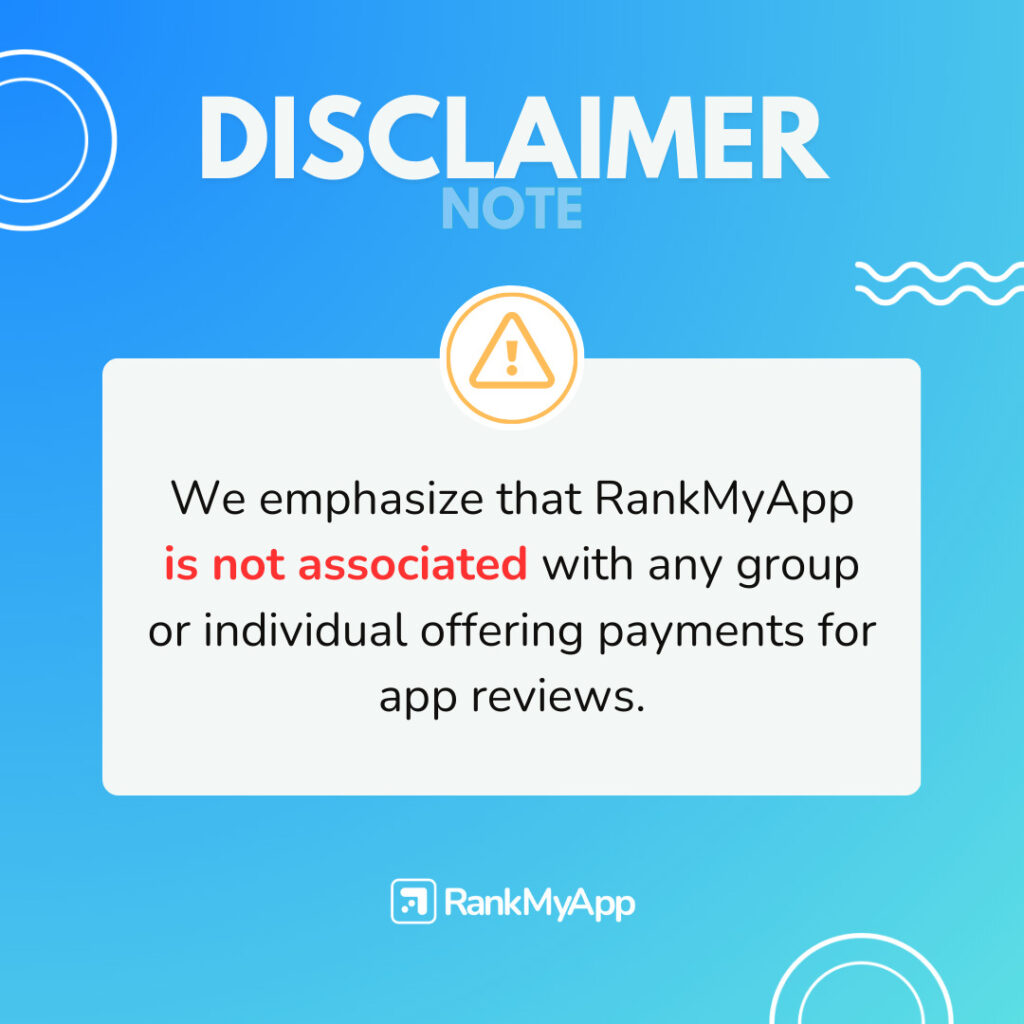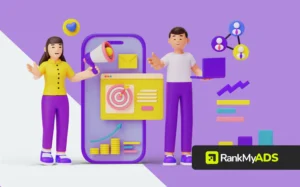Cost per install campaigns can help your app acquire more users. If you are interested in trying this effective strategy, keep reading to learn more about it.
What is it?
Although free user acquisition strategies like ASO are great, you should use some paid tactics as well. It’s important to track the expenses associated with those paid strategies.
Cost per install (CPI) is a metric that reveals how much money gets spent on the process of acquiring each new user. When looking at CPI for a specific campaign it shows the cost of each install that resulted from the campaign.
This is the CPI formula:
Total Advertising Expense/Total Installs = CPI
Here is how a CPI campaign works:
- The app owner chooses an advertising network or publisher to team up with;
- The ads for the app appear in other apps and mobile websites;
- Users that click on the ad are taken to the app’s download page;
- When a user downloads the app after clicking on the ad the app owner pays the advertising network or publisher for that install.
Different types of paid campaigns
A CPI campaign isn’t the only type of paid marketing campaign. Let’s take a quick look at some more so that you can make sure a CPI campaign is the best choice for your app.
- Cost per mile (CPM) – The app owner pays for every 1,000 users who view the ad.
- Cost per click (CPC) – The app owner pays each time the ad gets clicked.
- Cost per action (CPA) – The app owner pays each time a user takes a specific, desired action.
Now that you know a bit more about the other types of paid marketing campaigns, let’s consider the pros and cons of CPI campaigns. All of this information combined will help you determine which type of paid campaign you should use.
Pros
The goal of a CPI campaign is to get installs. This quick boost in user acquisition will help new apps get established.
And in order to reach that goal, your app’s ad will be shown to users who are most likely to need or want your app. This allows you to reach your target market.
Cons
The downside of a CPI campaign is its relatively higher cost. The exact cost depends on your app’s category. The more competitive the category is, the more expensive the campaign will be.
Plus, users gained through a CPI campaign aren’t necessarily high-quality users. Keeping those new users engaged with your app will require additional strategies.
How to start this type of campaign

If you are convinced that a CPI campaign is the advertising method you should choose, the next step is to find the best network to work with. Keep the following points in mind while going on this search.
Cost
Try to find a network that offers the lowest rates without sacrificing quality. Although it’s wise to stick to your budget, you do get what you pay for. Strive to find a balance between quality and cost-effectiveness.
Category
Does the network you are considering work with the type of app you have? Make sure your app’s niche matches the network’s specialty.
Reach
Will the network you work with publish your ads in enough locations? This is important as it allows your app to reach a wide range of users.
Ad format and placement
You also need to find out where those ads will be placed and what format they will be in. Make sure the ad format matches the type of ad you want to display
Cost per install campaigns are a great way to increase user acquisition. Just be sure to choose the right ad network, create a compelling marketing message, and keep track of CPI campaign results.
If you want help with your paid advertising campaign, contact a mobile specialist today!





